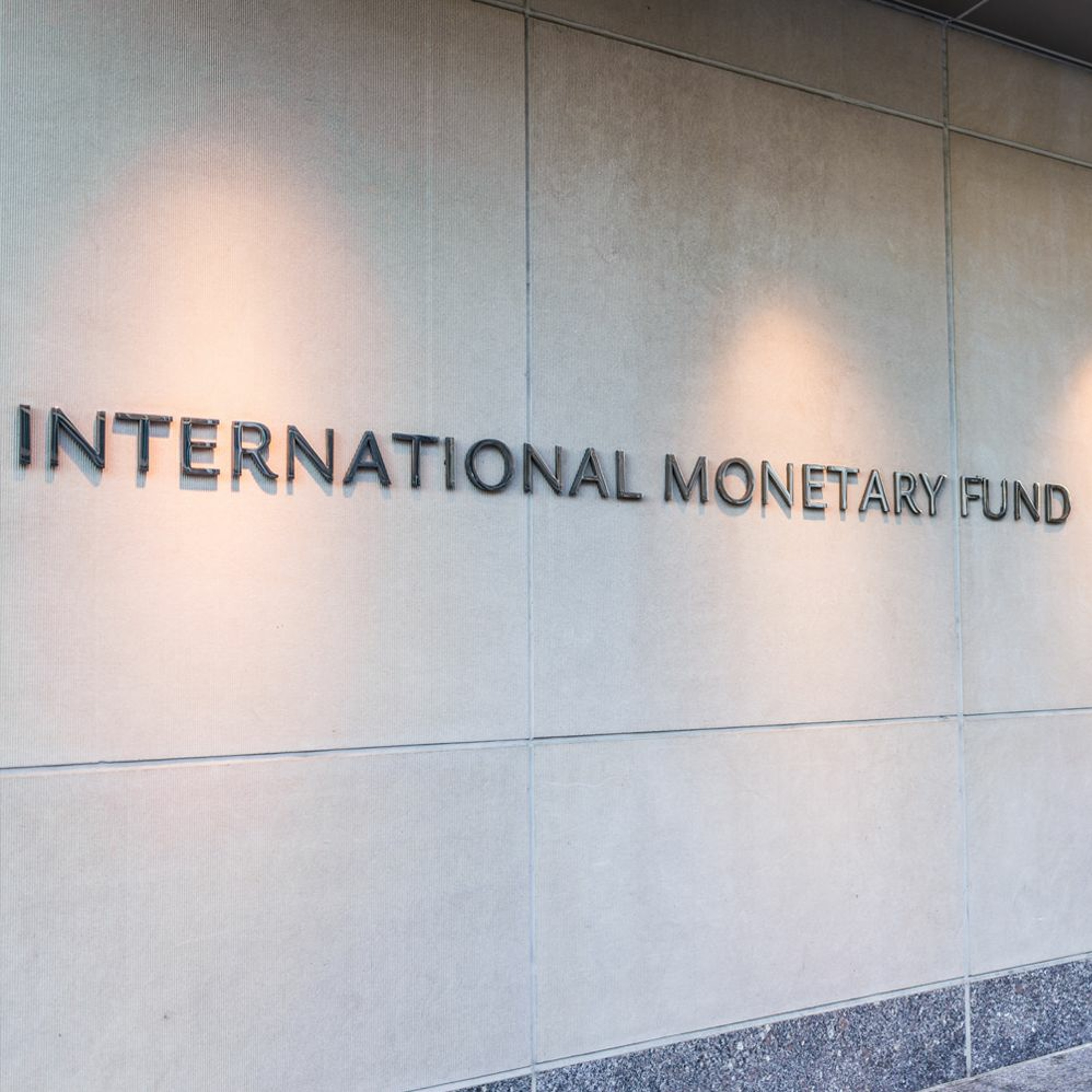- Government
- SEE MORE
- classical
- general
- talk
- News
- Family
- Bürgerfunk
- pop
- Islam
- soul
- jazz
- Comedy
- humor
- wissenschaft
- opera
- baroque
- gesellschaft
- theater
- Local
- alternative
- electro
- rock
- rap
- lifestyle
- Music
- como
- RNE
- ballads
- greek
- Buddhism
- deportes
- christian
- Technology
- piano
- djs
- Dance
- dutch
- flamenco
- social
- hope
- christian rock
- academia
- afrique
- Business
- musique
- ελληνική-μουσική
- religion
- World radio
- Zarzuela
- travel
- World
- NFL
- media
- Art
- public
- Sports
- Gospel
- st.
- baptist
- Leisure
- Kids & Family
- musical
- club
- Culture
- Health & Fitness
- True Crime
- Fiction
- children
- Society & Culture
- TV & Film
- gold
- kunst
- música
- gay
- Natural
- a
- francais
- bach
- economics
- kultur
- evangelical
- tech
- Opinion
- gaming
- College
- technik
- History
- Jesus
- Health
- movies
- radio
- services
- Church
- podcast
- Education
- international
- Transportation
- Other
- kids
- podcasts
- philadelphia
- Noticias
- love
- sport
- Salud
- film
- and
- 4chan
- Disco
- Stories
- fashion
- Arts
- interviews
- hardstyle
- entertainment
- humour
- medieval
- literature
- alma
- Cultura
- video
- TV
- Science
- en
Lessons from the Asian contagion helped the IMF tackle global financial crisis

b'The International Monetary Fund learned a thing or two from the 1997 Asian financial crisis, which helped it respond better to the 2008 global financial crisis.\\n\\nThanks to IMF assistance, troubled countries were in a better position to weather the global crisis. The IMF provided financing to more than 30 countries that saw investors and capital flee financial markets. \\n\\nOn average, IMF financing after the global crisis was larger than after the Asian crisis by more than 3 percentage points of gross domestic product. The IMF lent to countries beyond normal limits and increased the size of assistance in several instances when the initial amount wasn\\u2019t enough to curb capital outflow and stabilize exchange rates.\\n\\nThe bigger financing packages and other innovations it introduced from 2008 to 2011 showed the IMF had learned its lesson from the Asian financial crisis, when inadequate financing contributed to the failure of IMF programs to stop capital outflows and currency free-falls.\\n\\nRead the transcript\\nhttps://bit.ly/2uiB0JC\\n\\nRead the working paper\\nhttps://www.adb.org/publications/assessing-effectiveness-imf-programs-following-global-financial-crisis\\n\\nAbout the authors\\nCarlos De Resende is a senior economist at the Institute for Capacity Development of the International Monetary Fund.\\nShinji Takagi is professor emeritus of economics at Osaka University and visiting research professor at the Asian Growth Research Institute, Fukuoka, Japan.\\n\\nKnow more about ADBI\\u2019s work on the global financial crisis\\nhttps://bit.ly/2m8OSlL\\nhttps://bit.ly/2J6XC5e'